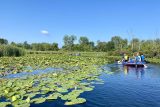See the Signs of Spring Conservation
Tuesday, April 2, 2024
Ah, we’re enjoying the arrival of springtime in the Upper Tippecanoe River Watershed. The air is crisp, the birds are chirping and signs of agricultural conservation are popping up all around us. If you take a drive down the backroads of our community and through the farmlands this season, you’ll notice more than just the usual sights of plowed fields and barns. Let’s delve into some of the visible signs of agricultural conservation that make springtime in our area truly special.
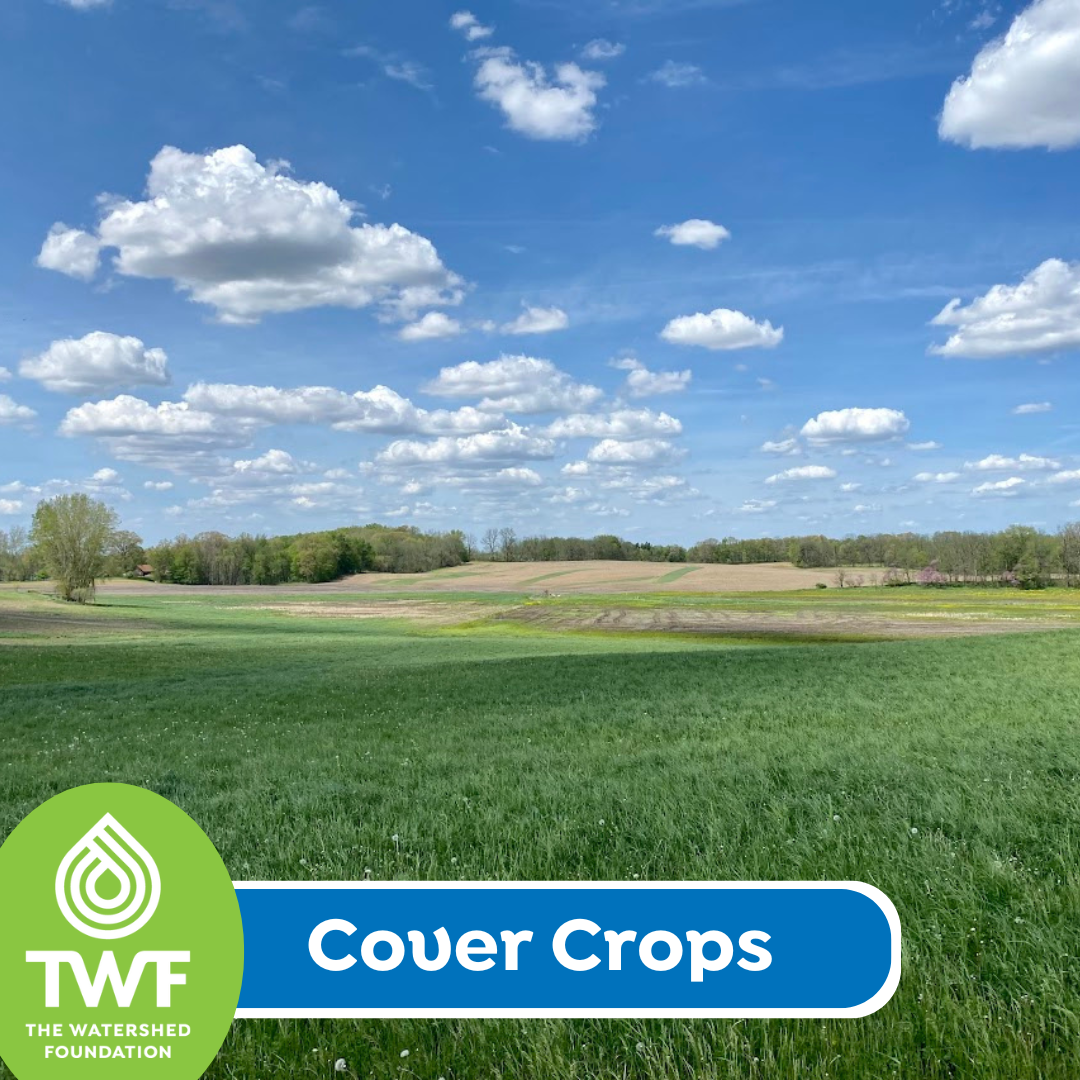
First up, cover crops. Picture this: vibrant green fields stretching as far as the eye can see, a lush blanket of vegetation covering the soil. These are cover crops — a key conservation practice used by farmers to protect their soil from erosion, retain nutrients, and improve overall soil health. In the spring, you’ll see cover crops like winter wheat, rye, and clover thriving, creating a stunning mosaic of greenery across the landscape.
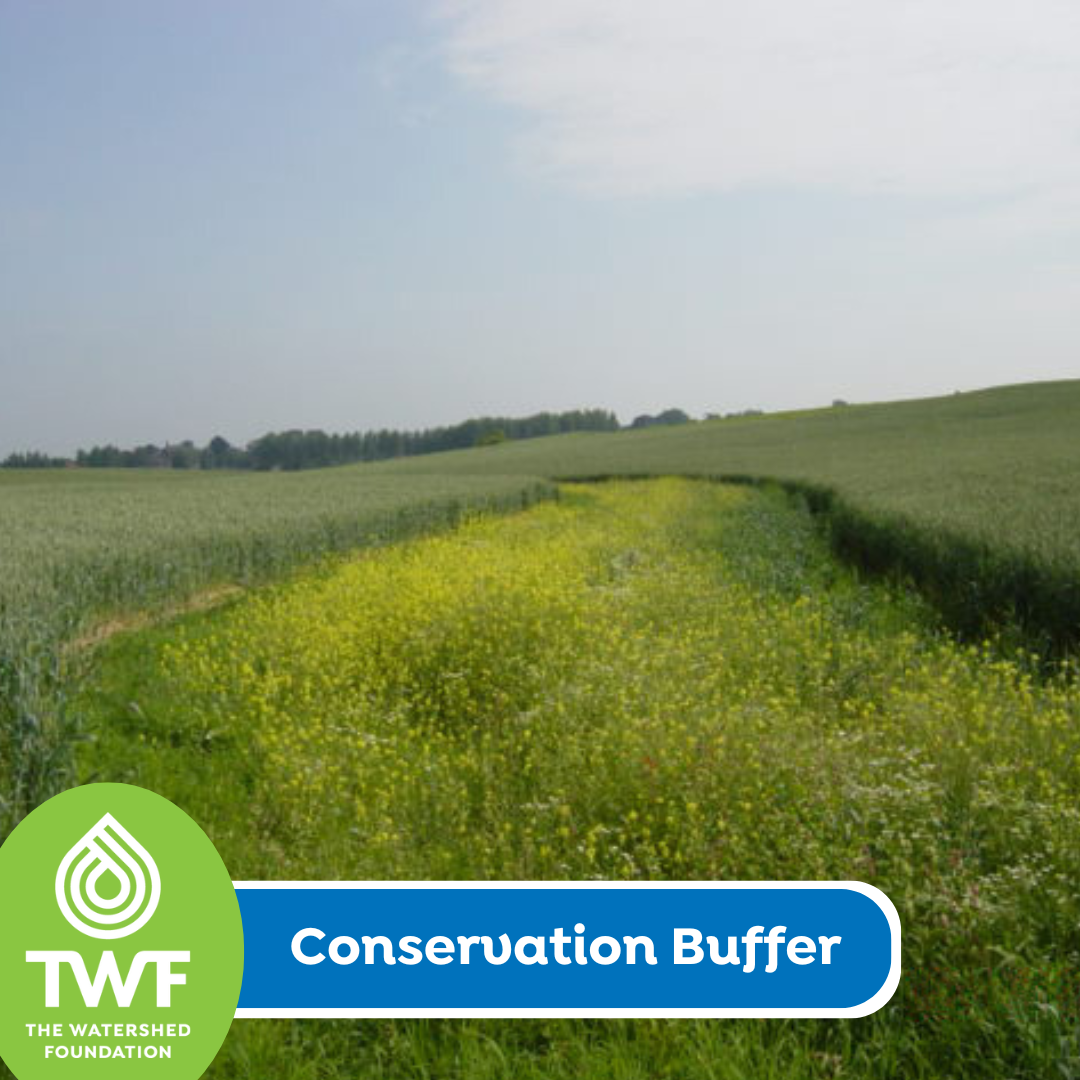
Next, let’s talk about conservation buffers. As you travel or walk through the countryside, you might notice strips of vegetation along streams, rivers and wetland areas. These are conservation buffers, carefully planted with native grasses, shrubs, and trees to protect water quality, reduce sediment runoff, and provide habitat for wildlife. In the spring, these buffers come to life as native plants awaken from their winter slumber, attracting pollinators like bees and butterflies and adding a splash of color to the landscape. This one is a grassed waterway.
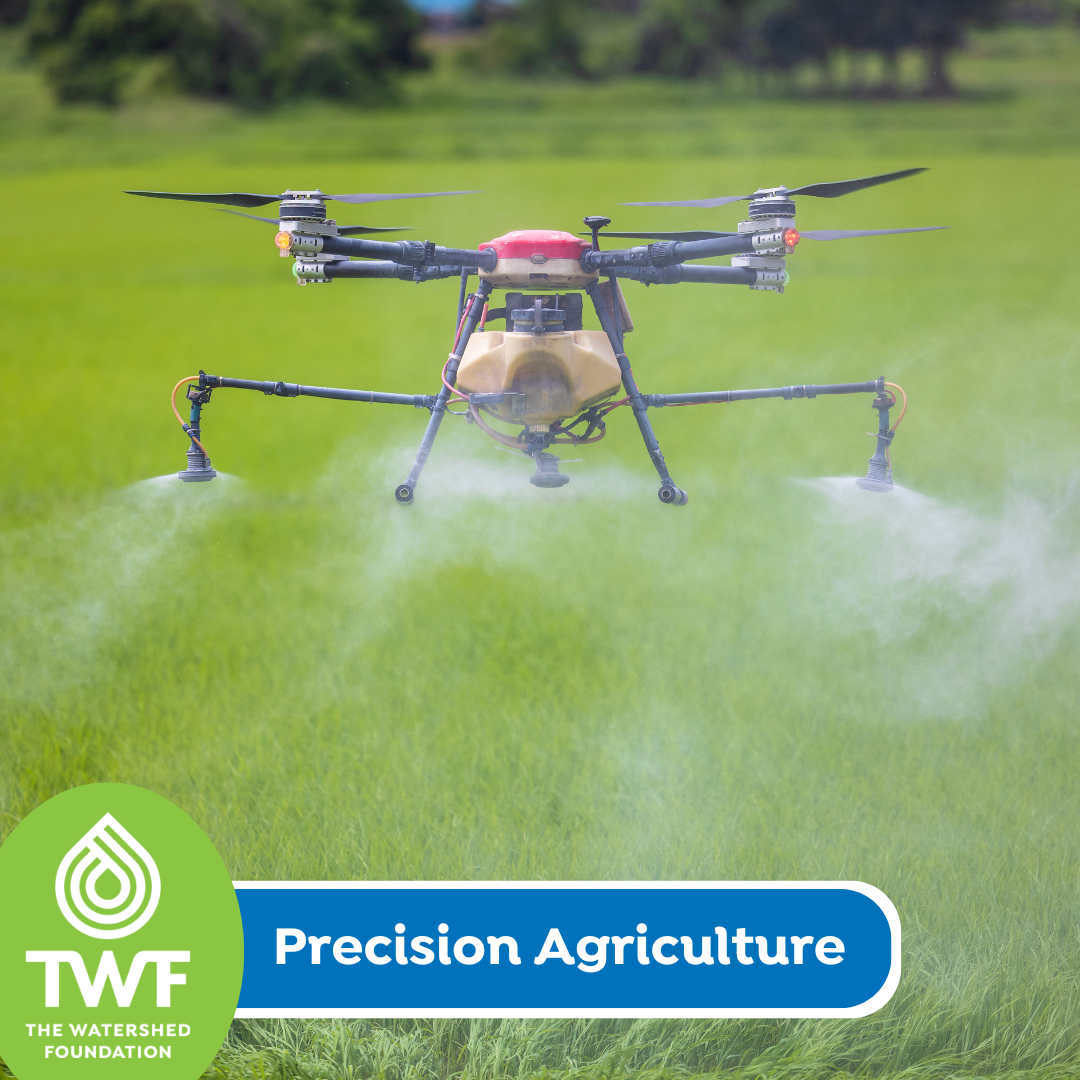
Another visible sign of agricultural conservation in Northern Indiana is the adoption of precision agriculture technologies. From GPS-guided tractors to drone imagery, farmers are utilizing cutting-edge tools to optimize their farming practices and minimize environmental impact. In the spring, you might spot drones buzzing overhead, collecting data on crop health and soil moisture, or precision planters meticulously sowing seeds with pinpoint accuracy, maximizing yield while minimizing inputs.
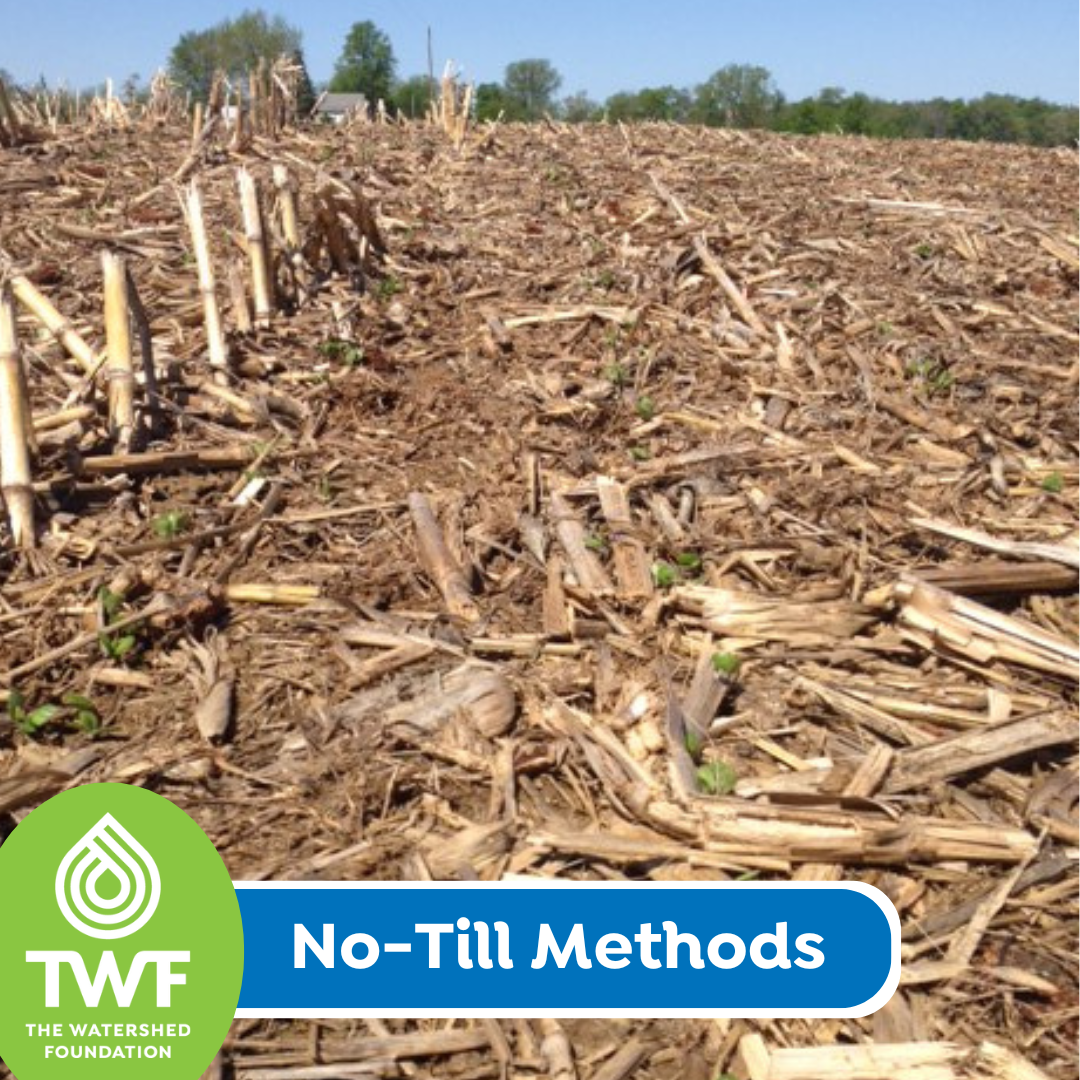
Last but not least, let’s not forget about conservation tillage practices. Instead of tilling the entire field, many farmers in our area are embracing reduced tillage or no-till methods, leaving crop residues on the soil surface to protect against erosion and improve soil structure. In the spring, fields planted using conservation tillage are a sight to behold, with rows of young plants emerging from the earth, surrounded by a protective layer of crop residue.
So, as you venture out and about this spring, take a moment to appreciate the visible signs of agricultural conservation in Northern Indiana. From cover crops and conservation buffers to precision agriculture technologies and conservation tillage practices, these efforts are not only preserving our natural resources and helping to keep our water clean, but also ensuring a sustainable future for generations to come.
The Watershed Foundation is dedicated to building partnerships with our local agricultural community. Our watershed conservationists, Brad Clayton and Scott Zeigler, work hand in hand with local farmers to identify potential projects and implement best practices in conservation agriculture. Additionally, they help make these projects affordable and achievable by connecting farmers with cost-sharing opportunities. We are proud of the work they do and of our agricultural partners who are committed to working together for the future of our land and lakes.
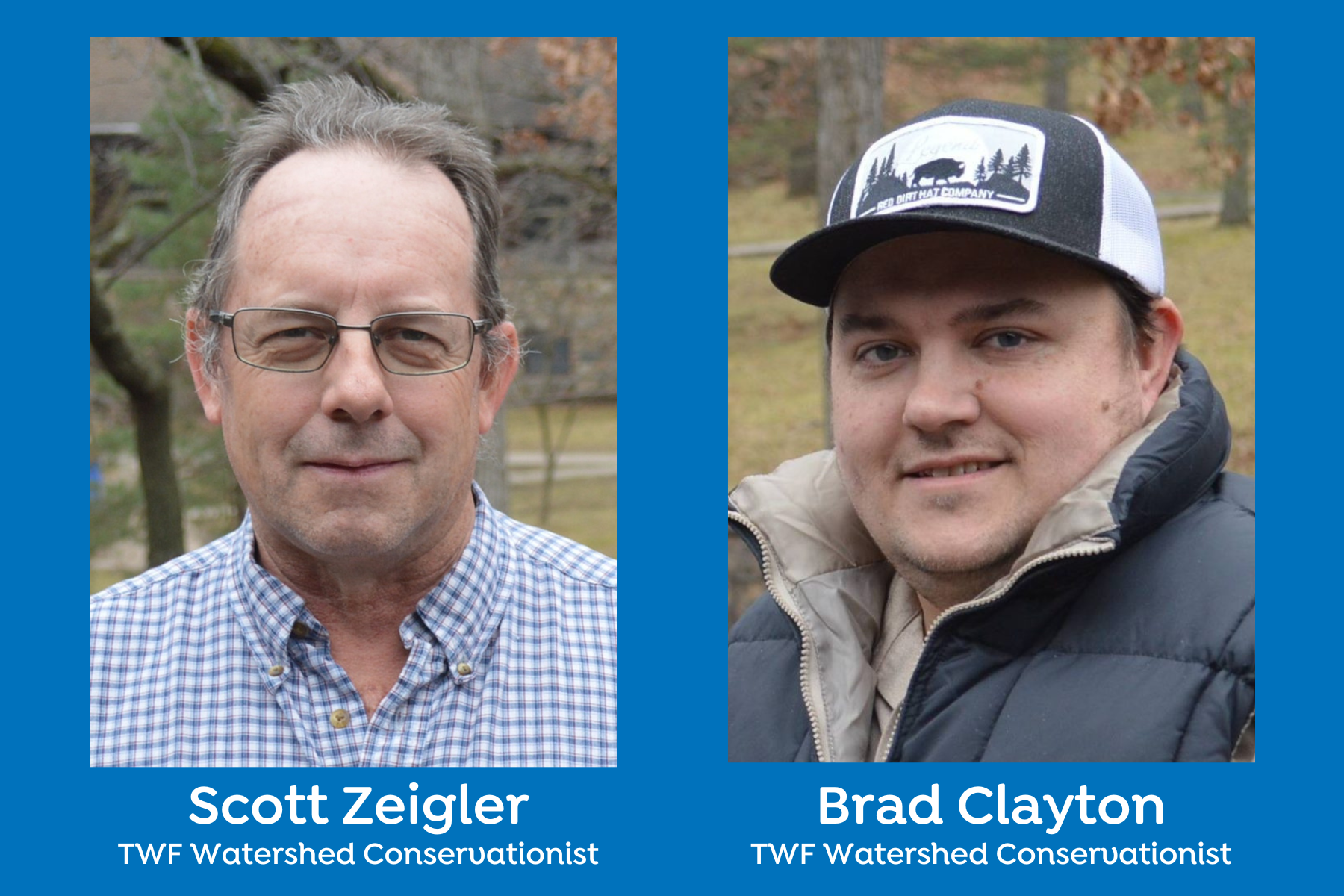
Be a Hero for Healthy Lakes!
Our lakes need help. Our lakes need you. You can volunteer on clean water projects, take an action pledge, attend an event, donate funds – there are so many ways to make a difference! Will you join us?

